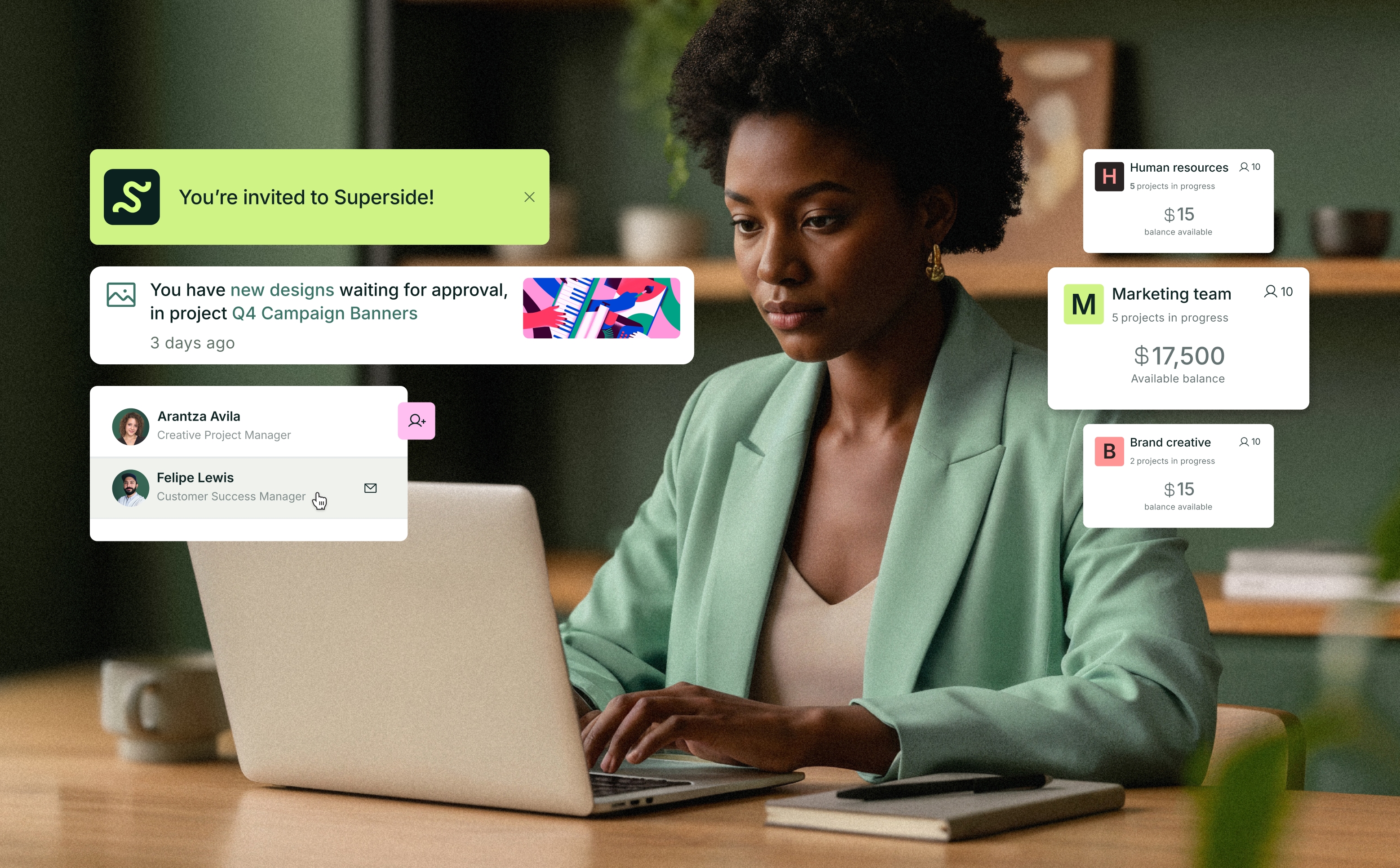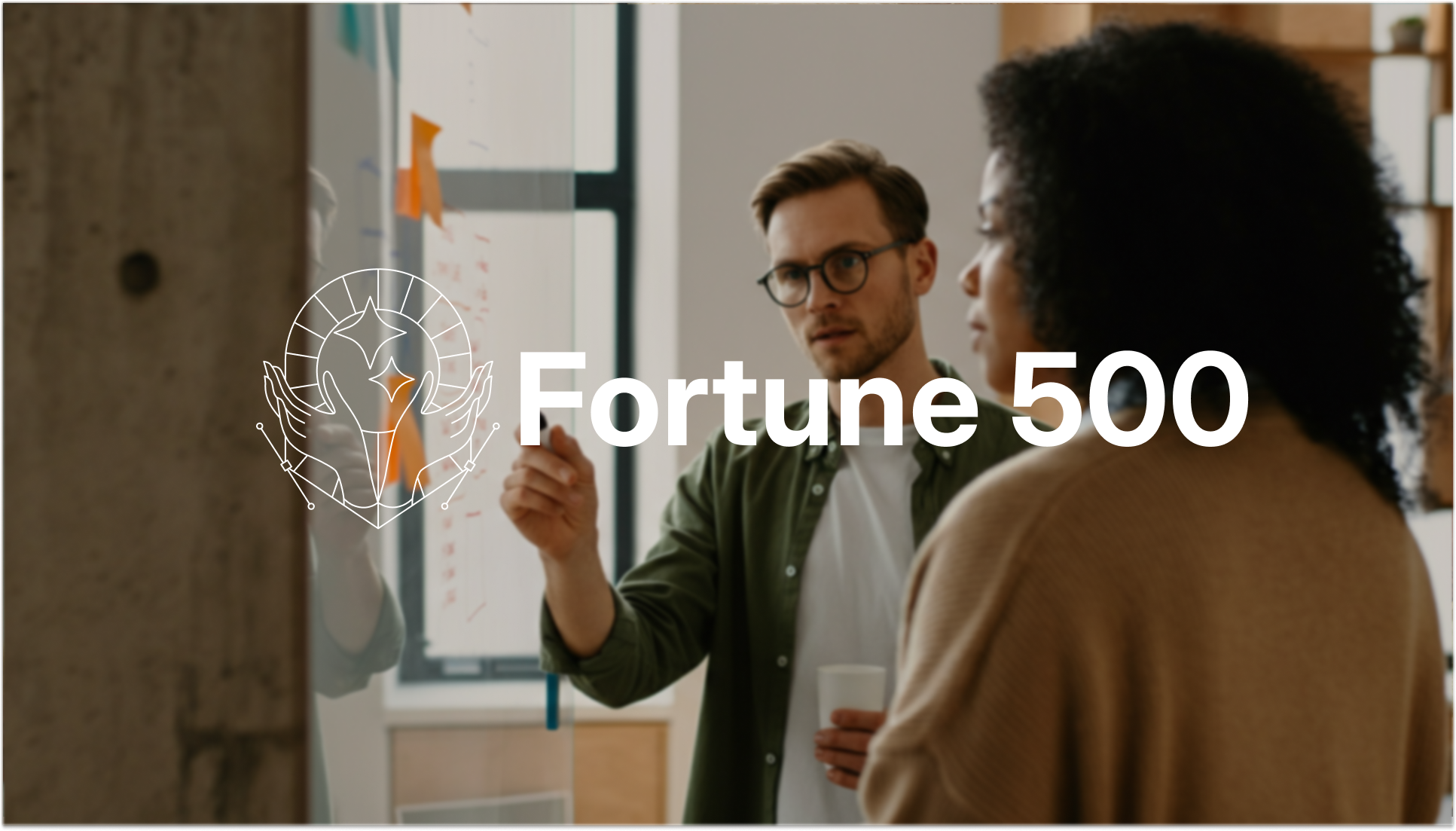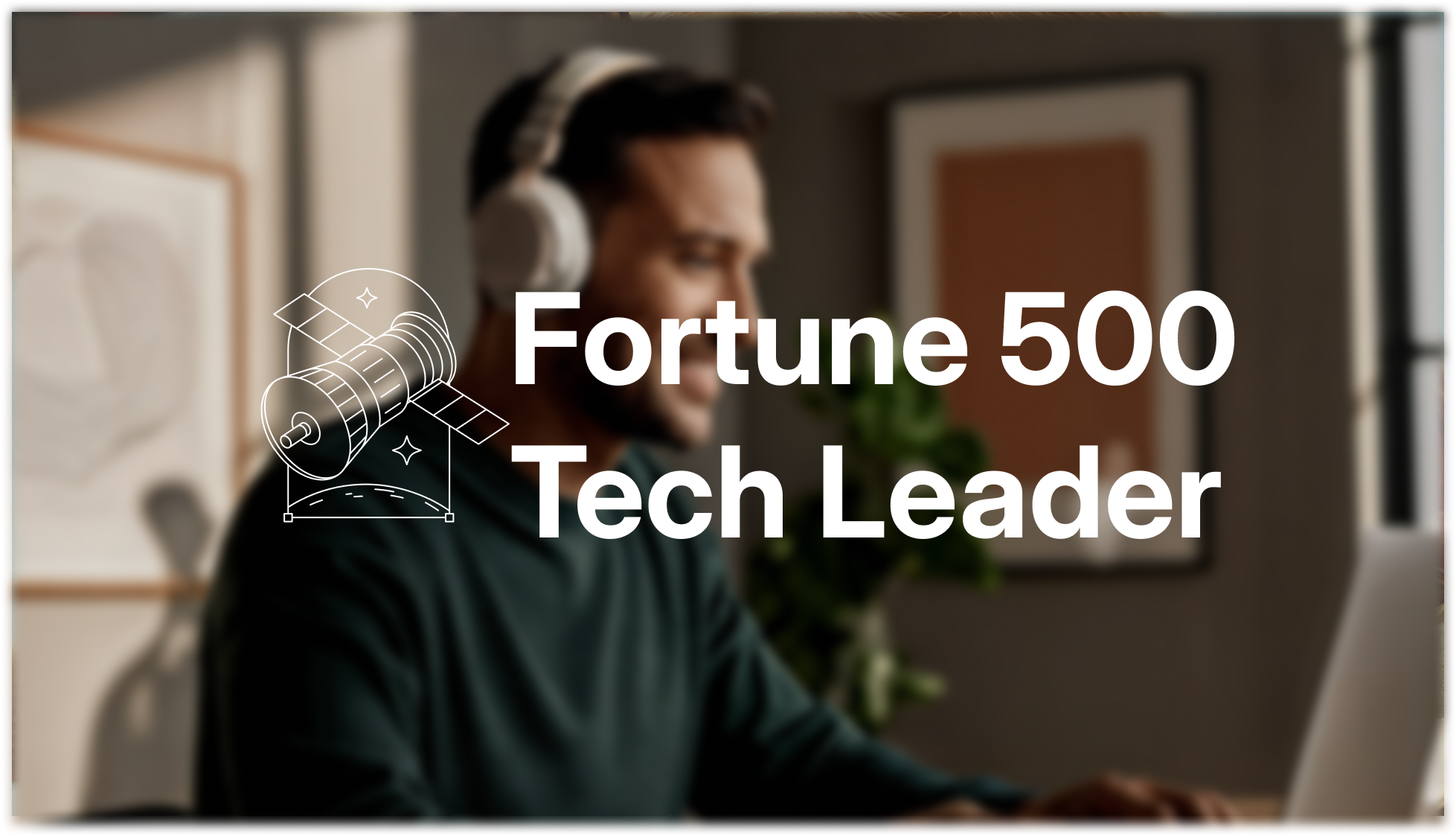
Did you find this article because a coworker posted the link on Slack? If so, you have Bill Macaitis to thank for helping to create the marketing messages that made Slack one of the fastest growing communication tools. Macaitis has led the marketing teams at some of the biggest names in B2B software including Slack, Zendesk and Salesforce. He’s a data-driven marketing leader who also understands that it takes emotional connection to make a campaign successful.
We were lucky to sit down with Macaitis to talk about what makes a successful ad design, how marketing teams can use metrics to validate their work, and how to use your brand to connect with your customers.
There’s a lot of opinions on what it takes to create great ad design. You often say brand is the most important element – why?
I've spent the first ten years of my career in B2C and then the last ten years have been on the B2B side. What I found was that B2B tends to look at their campaigns much differently.
In B2B, the focus is typically on how many leads the campaign generates. If the numbers are high, then the campaign is successful. If the numbers are low, it’s a bad campaign. What’s important for me - B2B or B2C - is that I want to build a brand. I want to delight people and I want to invoke an emotion that they feel positive about.
So with brand being so important, how do you track that impact on a campaign?
I take a holistic look at campaigns. You have all the funnel metrics – leads, MQLs, pipeline, all that – but also there's a set of brand metrics around aided recall, unaided recall, sentiment, share of voice, share of conversation. I'd even argue beyond that, there's a set of experience metrics around net promoter score and C-SAT and understanding... I try to look at all of those when determining what's a successful campaign.
You mentioned you had a trick while at Slack to get initial gut reactions on your ads/ design ideas.
My shortcut at Slack was that I would sometimes show a video—like a new advertisement. I would show it to someone and just watch them to see if they smiled. If they smiled and they laughed a little bit, it’s got the chance to be a good campaign. If they're just looking at it and there’s no reaction, then we need to work on that idea.
It’s a great quick way to know if you’re on the right path. Did you ever have a campaign reaction that surprised you?
There’s a funny one from my time at Salesforce. This was before social tools like Slack in the workplace were common. Marc (Benioff) was really ahead of his time and he once said that Salesforce needed to define themselves as the social enterprise. It was a really cool pitch. It was a pitch an analyst would love. And we're like, "Well, I don't know, but okay."
So we changed the homepage to "Salesforce, the social enterprise." The next couple of weeks go by and we see our leads drop. We ran a survey to a bunch of new prospects coming in and I remember asking them what they thought Salesforce did. Their answers were along the lines of "They must make software for nonprofits and I'm not a nonprofit, so it wasn't relevant to me." We had the data to be able to show that as cool as this sounds, the prospects we want don’t understand it.
It’s interesting you bring up data in that example because you’re also passionate about the importance of emotional connection in ads. Do you ever find B2B and B2C teams approaching this differently?
B2B is tough because I think people are evolving their views on what a successful campaign is. The other thing with B2B I found is that there seems to be a misperception out there that if you're in B2B, you need to be really sterile and dry and wear suits and use fancy acronyms.
Whether you're in B2C or B2B, your customers are just people. If a customer has a strong emotional connection to a campaign, they’re much more likely to buy. They’re much more likely to recommend you. They’re much more likely to stay with you as a customer for the long run.
Video is continuing to be a dominant channel for advertising, but is being used by B2C marketers more than B2B. What are your thoughts?
In general, B2B marketers tend to not be good at video as much because it can be scary and it’s hard to do well. You'll see B2B marketers default to more classical approaches that don't really require that same commitment and heavy lifting. I think B2C historically has centered more on video because they understand the emotional connection and the impact it can have on a brand.
Slack is one of those tools that was brought into many workplaces by employees rather than IT. As a B2B product, how were you able to use that brand to connect?
We spent a lot of time at Slack talking about the values when we write things – being humble, having empathy and courtesy, and being whimsical.
If you ever use Slack, look at the release notes next time your mobile app updates, they're really funny. They're different from everyone else. Probably no one will read it, but it's a great opportunity to share those values.
We’ve read them and they are funny – but they’re not a typical channel. Does the brand and tone affect the channels you choose?
Great question. There is a 30-year-old, dusty, old B2B playbook that a lot of companies still embrace. It’s centered around sending out press releases, running field marketing events, doing list buys and running SEM-PPC ads.
SEM-PPC is a really good example. If you're coming at this from a, "I want to have really bold creative and I want to have an emotional connection with someone," doing it in a ten word text ad is really hard to do.
Getting back to the importance of brand in ad design - what is your number one tip for keeping things consistent?
The biggest thing I've found over my time is, at the beginning of the campaign, choose who's going to be in it and who are the decision-makers. Specifically looking at the CEO or CMO, "Hey, if you want to be involved in this, you've got to be involved in all the meetings. You can't just have someone come in at the end and provide feedback like, 'Oh, I don't like this.'"
This interview has been condensed and edited for clarity. For more tips on ad design, hear from Macaitis in others in our new guide! (It's free).












